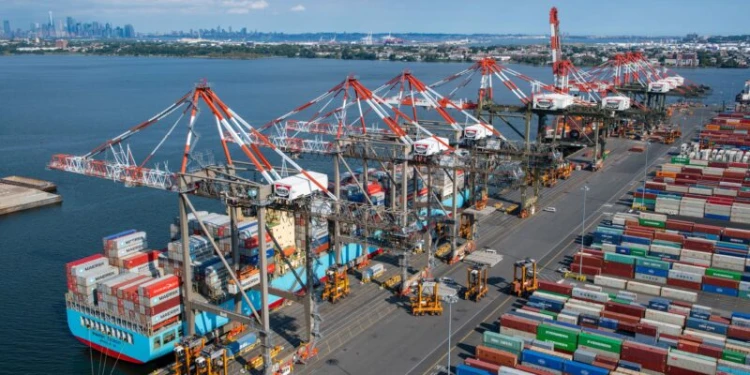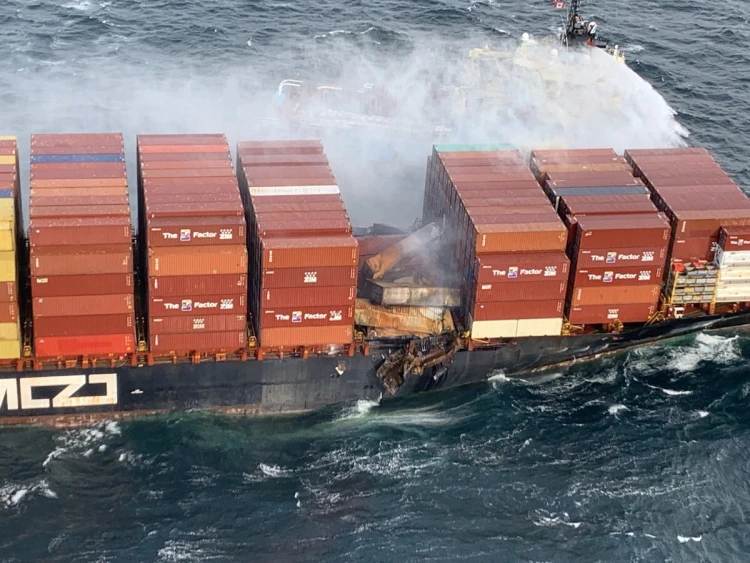APM Terminals sees major opportunity in India
Wednesday, 25 September 2019
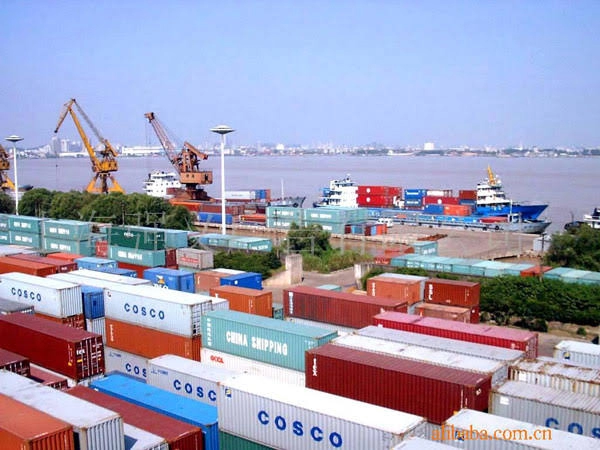
APM Terminals CEO, Kim Fejfer has met with the Indian Minister of Shipping G K Vasan and other government officials to discuss existing and new terminal and port development projects in one of the world’s fastest-growing economies.
He was in India to review progress at APM Terminals facilities at Gateway Terminals India (GTI) located in Jawaharlal Nehru Port Trust (JNPT), Mumbai and Port Pipavav in Gujarat and accompanied by Charles Menkhorst, CEO of the Africa Middle East, India Region.
“As one of the most robust and important emerging economies, India is certainly an area of great interest in the shipping industry, and a nation in which we see tremendous potential for growth in the port industry,” said Fejfer, whose schedule included a trip to the Inland Container Depot in Mumbai.
The Indian economy has been forecast to grow by 8.8 percent in 2010, and 8.4 percent in 2011 by the International Monetary Fund’s World Economic Outlook April 2010 report.
In Q1 2010, container volumes at South Asian ports surged by 25.6 percent, faster than the 15 percent growth recorded world-wide in container traffic. APM Terminals facilities, Gateway Terminals India (GTI) ended fiscal year 2009/2010 on March 31st with container volume up 20 percent over the previous year to 1.75 million TEUs even though the India market grew by eight percent.
Port Pipavav, a bit farther north in Gujarat on India’s west coast, registered a 64 percent growth in container volumes in calendar year 2009 and expanded annual throughput capacity to 600,000 TEUs with two new post-Panamax cranes and a 14.5 meter depth dredged to accommodate larger vessels entering into the Indian trade lanes.
Infrastructure continues to be an area of concern for shippers and port operators, as current road and rail networks strain under the sharply increasing demands for linking ports to interior industrial and commercial centers. Kim Fejfer’s discussions focused on infrastructure support and a commitment to work together to aid India’s growth. “Based on the size of India’s economy and population – as well as the country’s 2009 container volumes of only seven million – we can help make a difference in India’s future”, said Fejfer.
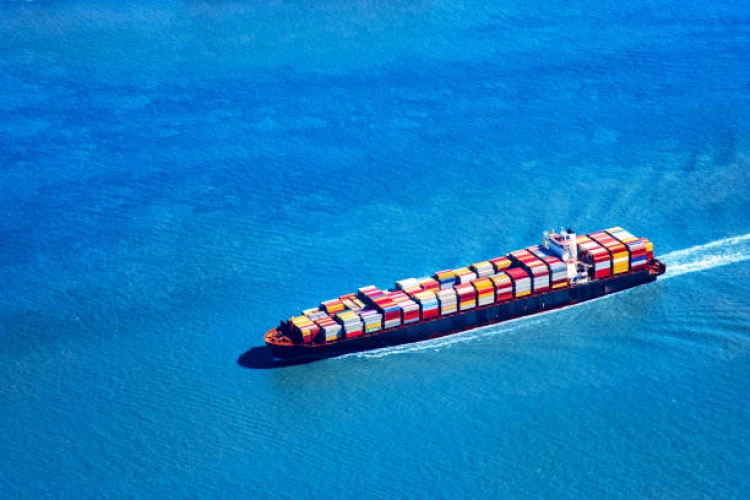
06 January 2025
Hurricane Beryl trims cargo volumes in Houston and New Orleans
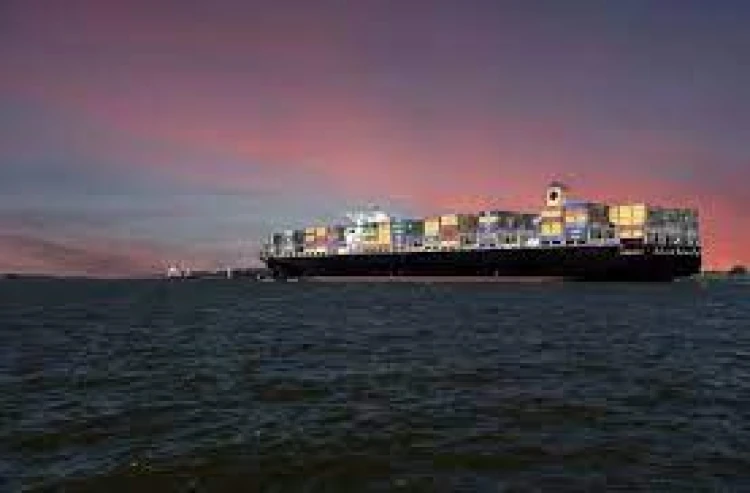
25 January 2025
Container freight rates tumble

08 February 2025
